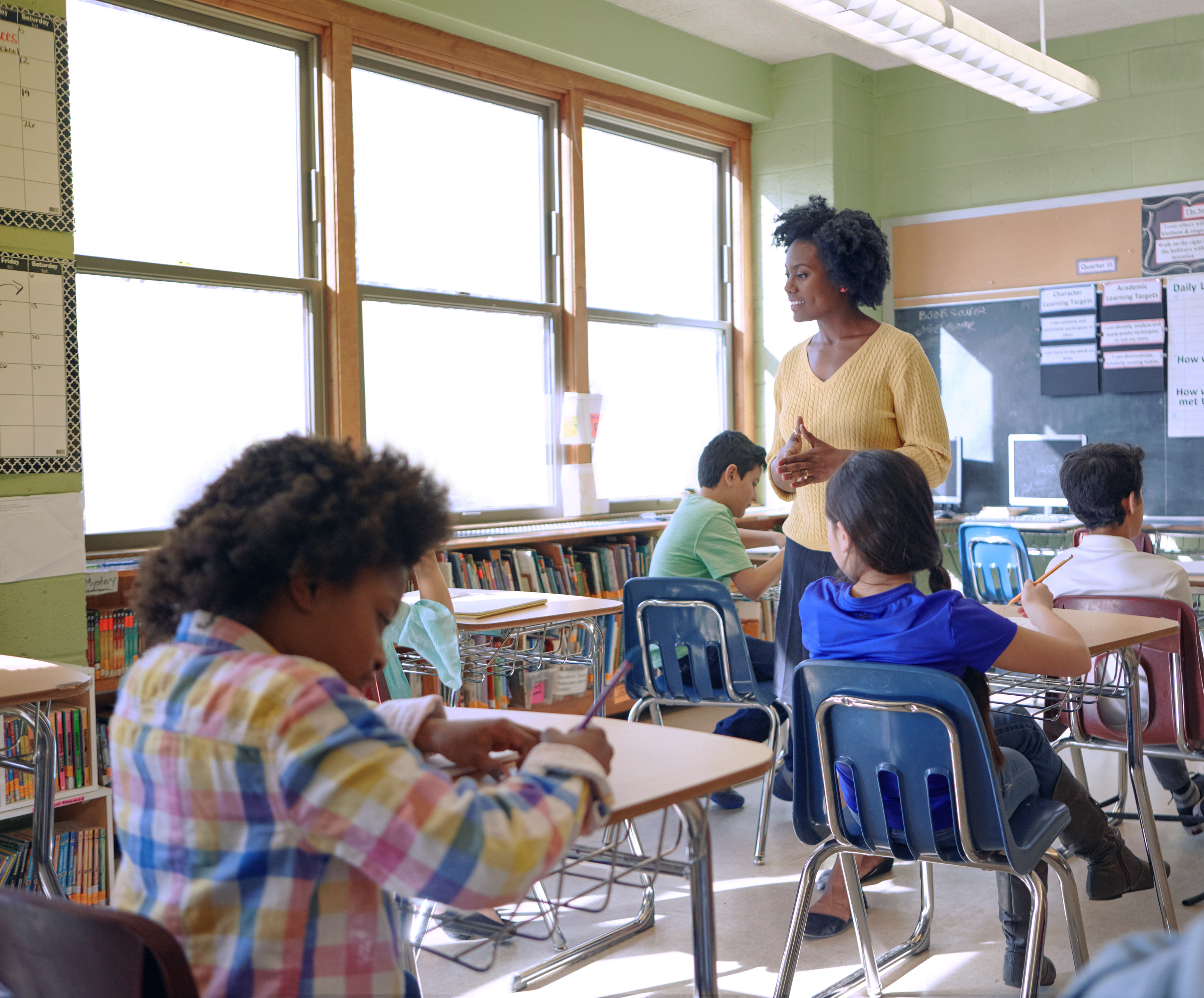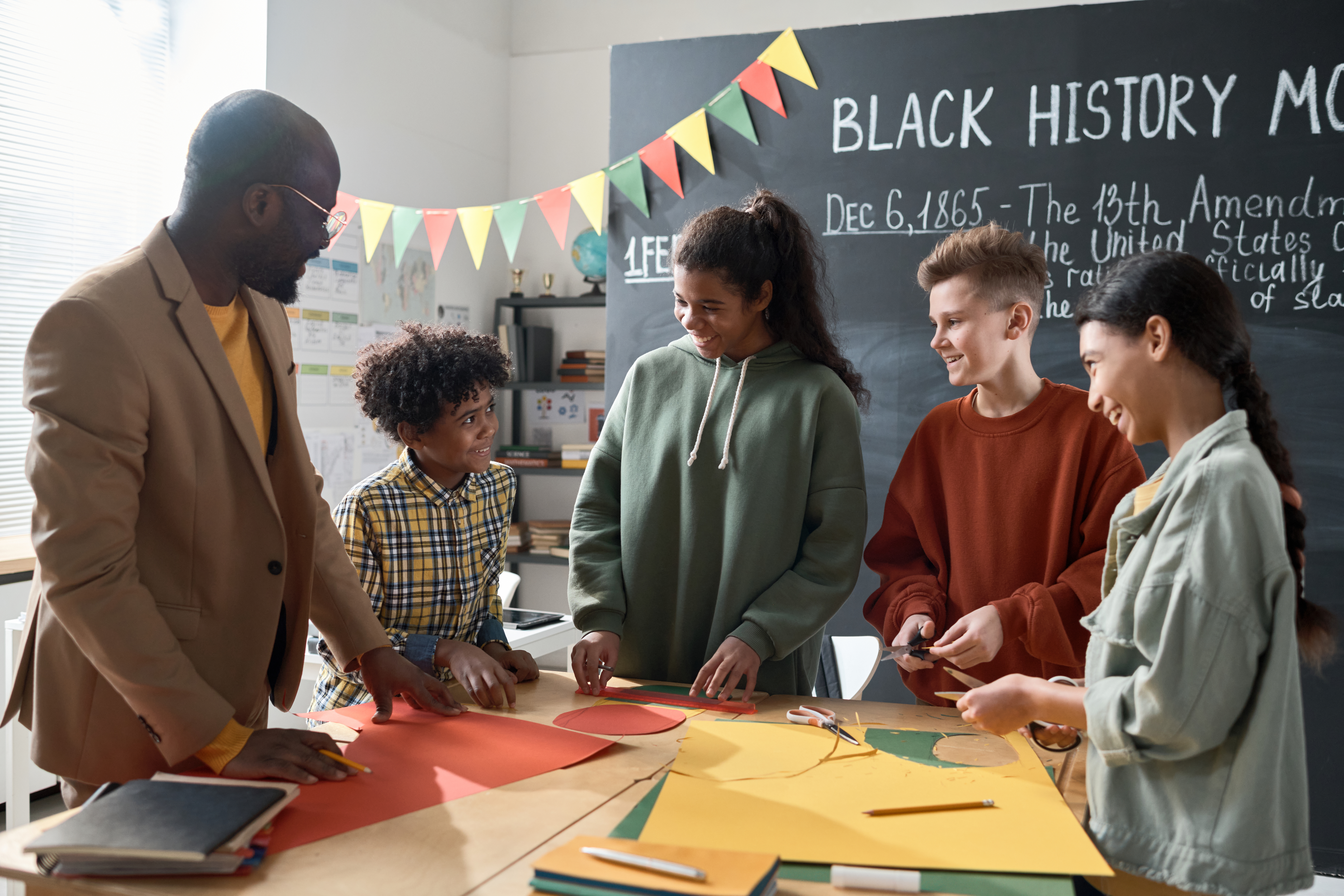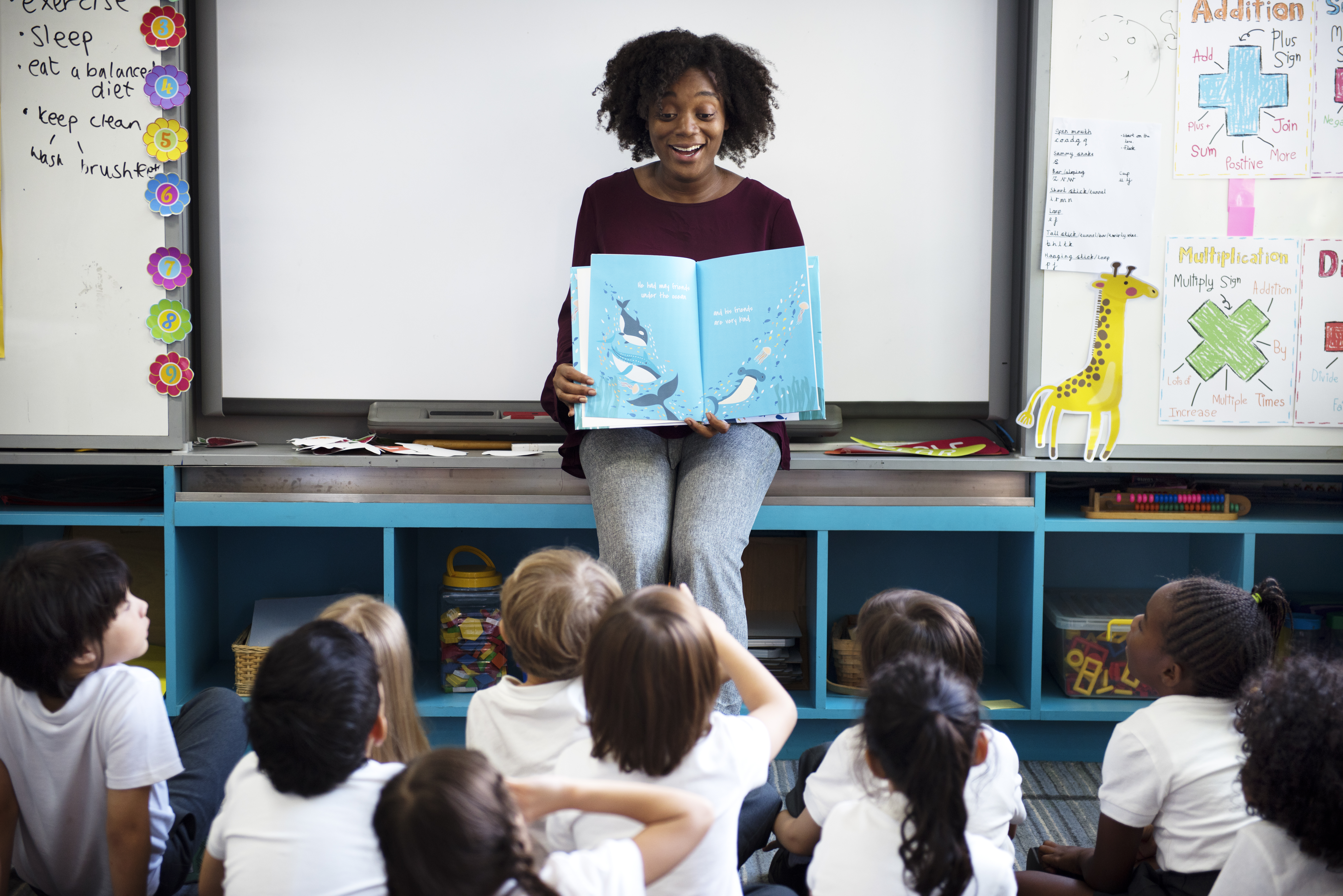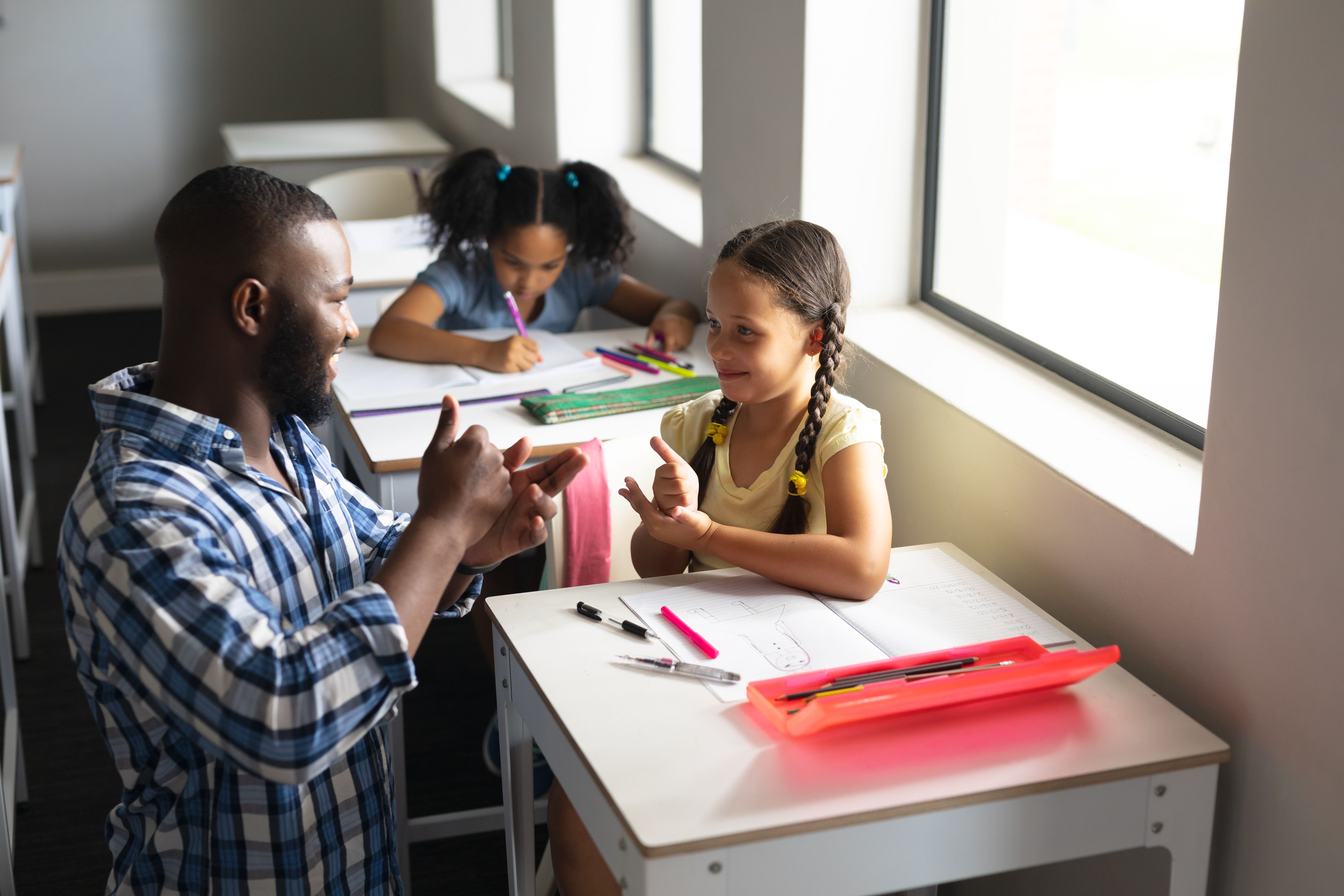education methodology in hbcus
November 3, 2023 2024-03-27 15:28education methodology in hbcus
A Consortium Committed to Transforming Pre-Service Education
Using the arts to teach scientific thinking is a creative
and effective way to engage students in the scientific process. The Alabama
HBCU Consortium will be committing resources to train college and department of
education faculty at Alabama HBCU’s in the process and methodology of using
this powerful tool.



We expect it to work something like this:
Incorporate Art into Science Lessons:
Start by introducing artistic elements into your science lessons. For example, you can use drawings, paintings, or sculptures to represent scientific concepts. If you’re teaching about cells, have students create artistic cell models.
Encourage Observation:
Art requires keen observation skills. Have students observe natural objects, organisms, or scientific phenomena closely. Ask them to sketch or paint what they see, paying attention to details.
Ask Questions:
Encourage students to ask questions about what they’re observing. Why does a plant’s leaf look a certain way? What might be the purpose of specific patterns in a rock? This fosters curiosity, a fundamental aspect of scientific thinking.
Analyze and Interpret:
After creating their art pieces or observations, have students analyze and interpret their work. What do they notice about the subject? How might this relate to scientific principles? This helps develop critical thinking skills.
Express Concepts Artistically:
Ask students to express scientific concepts artistically. For instance, they can create a visual representation of the water cycle or draw what they imagine atoms look like. This helps them internalize and understand scientific ideas.
Interdisciplinary Projects:
Plan interdisciplinary projects that combine art and science. For instance, students can create a mural that depicts various ecosystems and the organisms that inhabit them. This project would require research and scientific accuracy.
Storytelling Through Art:
Encourage students to tell stories through art. They can illustrate the life cycle of a butterfly, the journey of a water droplet, or the process of photosynthesis. This helps them connect scientific concepts in a narrative form.
Collaboration and Discussions:
Organize group discussions where students can explain their artistic interpretations. This not only promotes scientific thinking but also communication and peer learning.
Reflect and Connect:
At the end of art-science activities, have students reflect on how the creative process enhanced their understanding of scientific concepts. Discuss how artistic thinking and scientific thinking can complement each other
Experimentation and Creativity:
Art often involves experimentation and creativity. Encourage students to try different techniques, colors, or materials. Similarly, in science, experimentation is key. Relate artistic experimentation to scientific experimentation.



One way in which art can be used to teach scientific thinking is through the process of observation. Artists often observe the world around them in great detail, paying attention to the shapes, colors, and textures of objects. This same process of observation is critical to scientific inquiry, as scientists must carefully observe and record data in order to draw accurate conclusions.
Another way in which art can be used to teach scientific thinking is through the process of experimentation. Artists often experiment with different materials, techniques, and styles in order to create new works of art. Similarly, scientists use experimentation to test hypotheses and gather data in order to gain a deeper understanding of the natural world.
Art can also help to teach problem solving and reasoning skills. Artists often face challenges and obstacles as they work on their projects, and they must use their creativity and critical thinking skills to find solutions. This same type of problem solving is essential in science, as scientists must use their knowledge and analytical skills to solve complex problems and develop innovative solutions.
Overall, art can be a valuable tool for teaching scientific thinking, problem solving, and reasoning. By integrating art, technology, engineering and science education, we can help students develop a deeper understanding of both disciplines and foster a more holistic approach to learning.
Cognitive development refers to the process by which a child learns to reason, solve problems, think logically, and acquire knowledge about the world around them. It involves the growth and maturation of a child1s mental abilities, including perception, memory, language, and reasoning skills.
Cognitive development is a gradual process that occurs throughout childhood and adolescence, and is influenced by a variety of factors, including genetics, environment, and experience. The study of cognitive development has been a major focus of research in developmental psychology, and has led to a better understanding of how children learn and grow.
Bruner also emphasized the importance of storytelling and narrative in education and argued that the way information is presented can greatly impact learning. He believed that students learn better when they are actively engaged in the learning process and when they are encouraged to construct their own knowledge rather than simply memorizing facts.
These theories provide different perspectives on how children’s cognitive abilities develop, and have influenced the way we think about teaching and learning in educational settings.
Understanding cognitive development is important for parents, educators, and caregivers in order to provide appropriate support and stimulation to children as they grow and learn.
Overall, cognitive development is an important area of study for understanding how children and adolescents learn, think, and problem-solve, and for developing effective educational interventions and strategies.
Currently, the Alabama HBCU Consortium has embarked on a professional development pathway designed to strategically place willing HBCU colleges and departments of education in a position to standout as innovation incubators in the area of using “Art11 as a teaching methodology to stimulate “Science, Technology, Engineering and Mathematics” cognitive growth in pre-schools to primary grade students. The Consortium has targeted preservice educators by training current faculty and teaching assistants in the process.
By integrating the arts into science education, you not only foster scientific thinking but also make the subject more engaging and accessible to a wider range of students. It encourages them to think creatively and critically about the natural world and its processes.
Any HBCU or HBCC interested in learning more about this project or potentially participating in the project should contact the Alabama HBCU Consortium.

